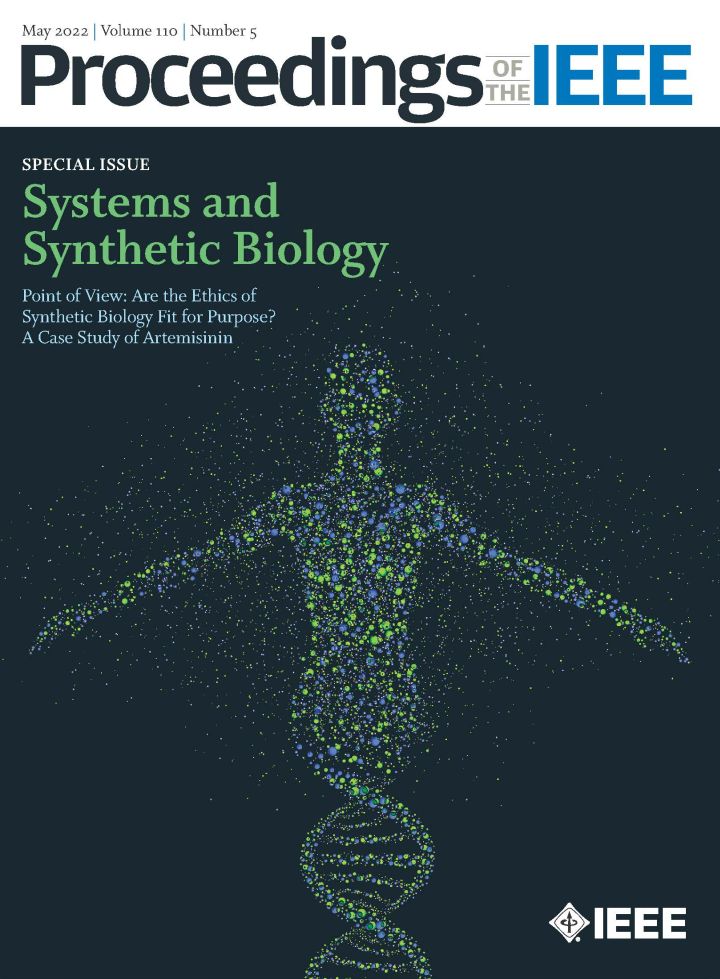2022 Journal Issues May 21, 2022


Guest Editors


Special Issue Papers
By M. H. Khammash and J. Stelling
By J. A. Bull and H. M. Byrne
This article reviews classes of mathematical models used to understand and treat cancer, with the perspective of upcoming validated and clinically applicable cancer models.
By A. Theorell and J. Stelling
This tutorial article introduces approaches to predict fluxes in chemical reaction networks inside living cells, with an emphasis on similarities to (smart) electrical grids.
By C. Uhler and G. V. Shivashankar
This article describes how problems arising in the analysis of individual biological cells and of cell-to-cell variability have inspired foundational developments in machine learning.
By R. Sepulchre
From control and circuit theory perspectives, this article reviews efforts toward developing a control theory of natural and engineered spiking (mixed discrete and continuous) systems.
By J. Gunawardena
This article uses concepts ranging from cognitive science to control theory to discuss how learning in biological systems is possible outside of, or even without, a brain.
By A. Lezia, A. Miano, and J. Hasty
This article gives a broad overview of the field of synthetic biology, focusing on the engineering of genetic circuits.
By M. H. Khammash
This expository article presents an introduction to the exciting field of genetic control systems (cybergenetics). It covers the basic theory, implementation, and applications of this nascent field.
By S. Kretschmer and T. Kortemme
This article reviews the field of computational protein design, focusing on the advances in the engineering of synthetic small-molecule-binding protein sensors as well as sensor–actuator proteins.
By R. P. Araujo, S. T. Vittadello, and M. P. H. Stumpf
This article provides an overview of two complementary approaches (algebraic and Bayesian) for rational design in synthetic biology.
By J. A. Davies
This article shows how complex tissues can develop from a small number of elementary behaviors and proposes ways in which they can be manipulated to yield synthetically designed shapes.
POINT OF VIEW
By J. Dalziell and W. Rogers

3 Comments
Comments are closed.